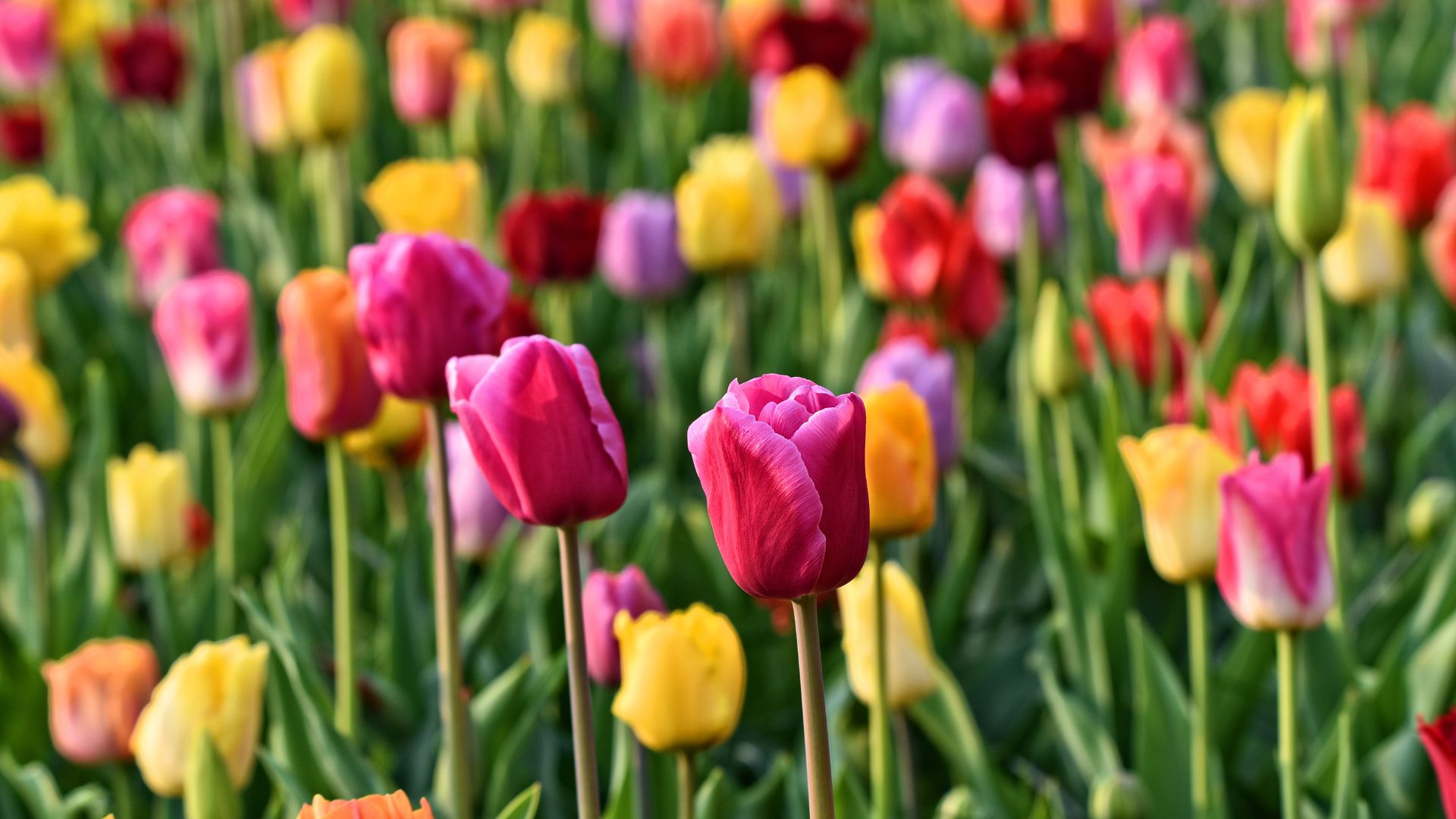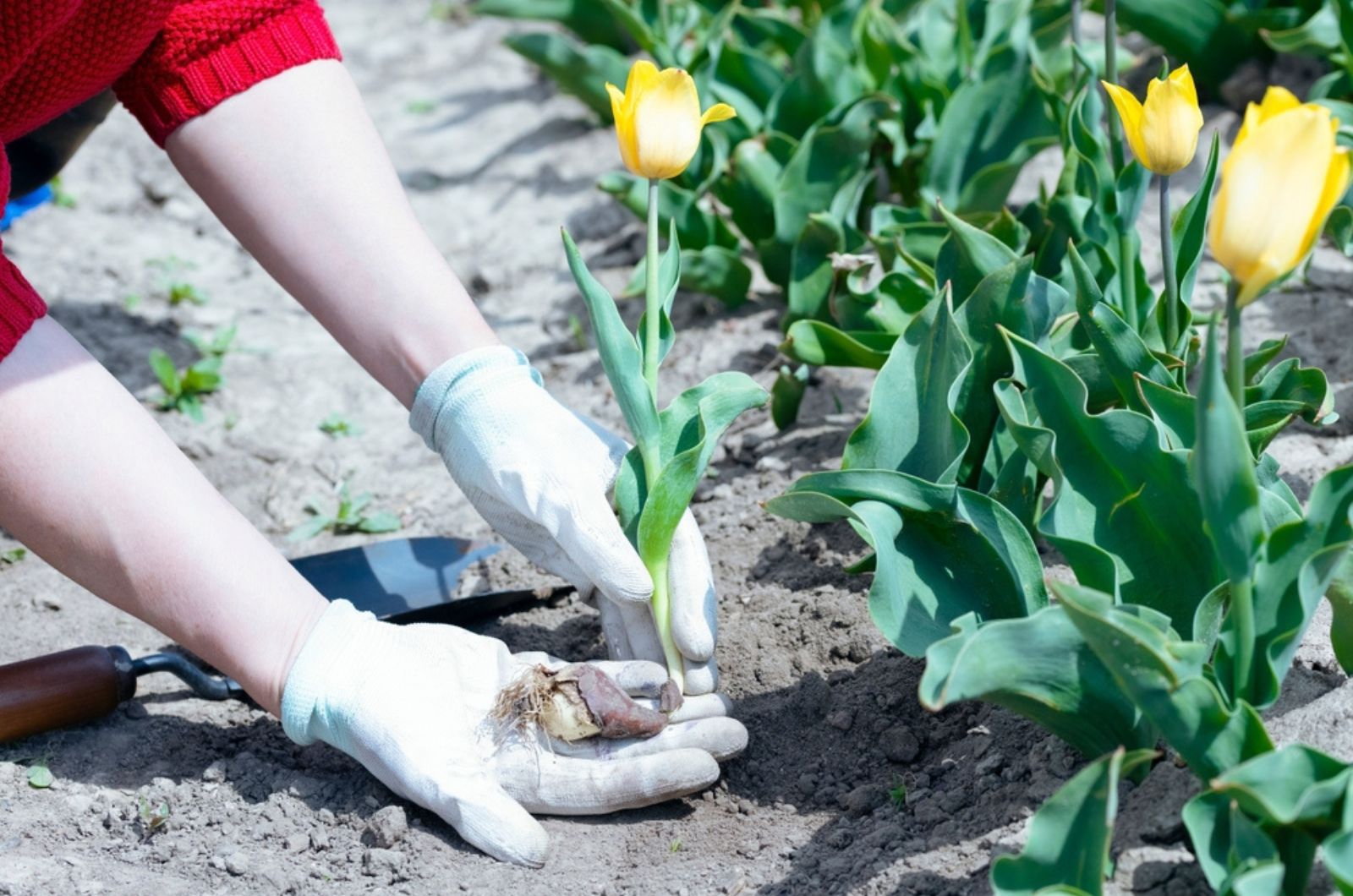Spring is the time for new beginnings, and what better way to welcome the season than by transplanting tulips into your garden?
As the weather warms and nature comes alive, planting vibrant flowers is a must if you want to have a colorful garden.
I remember my grandma’s garden was filled with flowers – I loved strolling through and admiring their beauty. And now, I’m trying to make my garden look just like hers, and planting tulips is helping me get there!
So, if you plan to transplant tulips this spring, let’s do it together.
It’s All About Perfect Timing And Location
If you find that your tulips aren’t in the right spot, don’t worry. The best time to move them is in spring, after their leaves turn yellow and start to fade.
This is also the perfect opportunity to divide clumps of tulips!
For many areas in the U.S. late spring is the best time to do this. I live in Florida, so I sometimes do it in early fall.
This one time I forgot where I put my bulbs, so make sure to mark them so you can easily find them in the garden!
If needed, you can also lift the bulbs in late spring, dry and store them in a cool place over the summer, and replant them in the fall.
Finding the right spot for your tulips is very important!
My grandma told me to always place them in a sunny area with well-draining soil, ensuring that pesky deer or squirrels can’t reach your tulips. This way, your tulips will come back for many years to come!
If you’re short on garden space, don’t worry; tulips also thrive in pots, where they can add a burst of color to your spring decor.
If you have problems with squirrels, this might help: Grow These 13 Plants To Keep Squirrels Away From Your Garden
You Can Also Replant Your Tulip Bulbs
Planting tulip bulbs in the spring follows a similar process to planting new bulbs in the fall.
Even though many people traditionally bury tulip bulbs at least 6 inches deep, a study from Cornell University suggests that planting them only 2 inches deep and covering them with 2 to 4 inches of mulch can yield the same results with less effort.
For optimal growth, lightly fertilize your tulips with a bulb-specific fertilizer, as recommended by the University of Minnesota Extension (I did my research!).
Tulips originate from arid regions and don’t need much water because their bulbs are prone to rotting.
While it is important to water them well during planting, you should cut back watering more than once a week when tulips are established.
If you still have issues with squirrels disturbing your bulbs, consider covering the area with chicken grit or wire mesh. But I’m sure these adorable pests won’t bother your tulips!
So, there you have it: by following these instructions, you’re going to transplant tulips successfully.
These methods work for me, but if you have any other that work for you, I’d be happy to learn more!
Also read: 9 Easy Steps For Growing Tulips In Water



